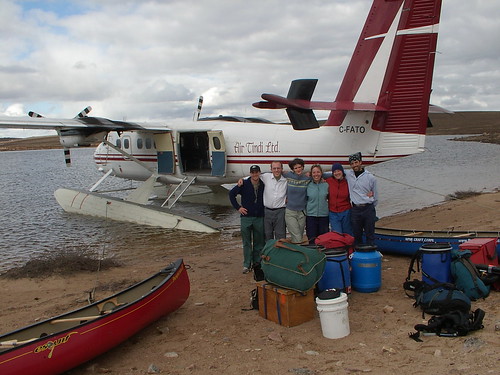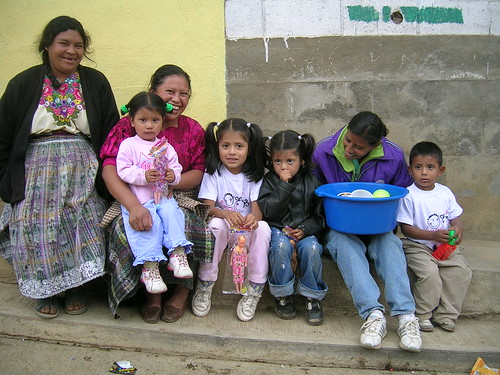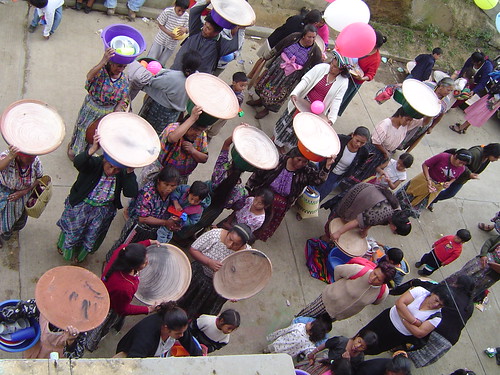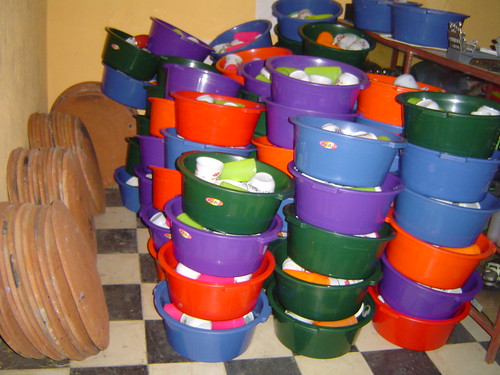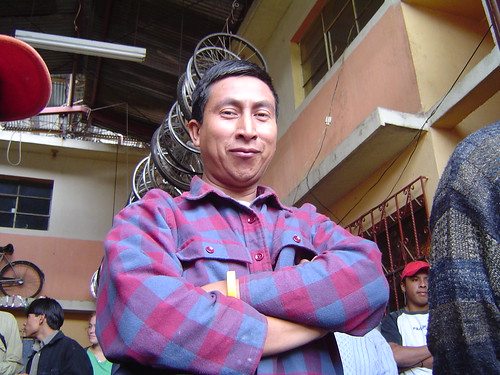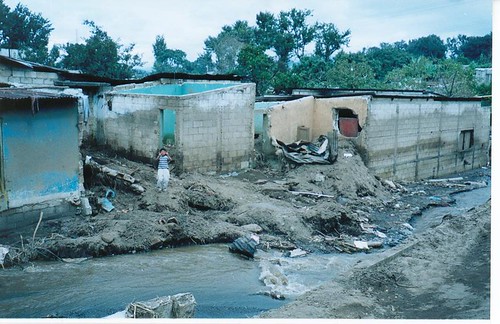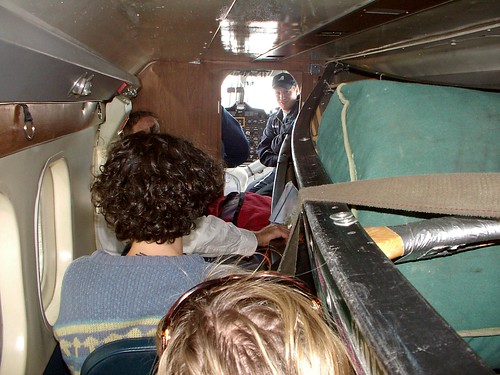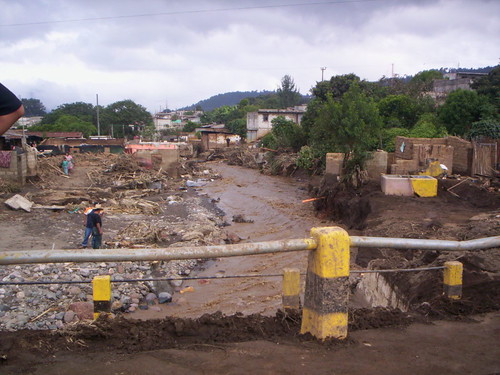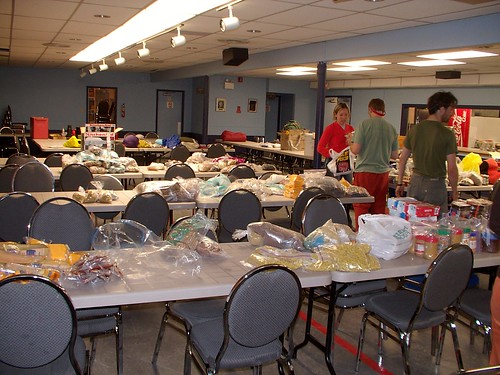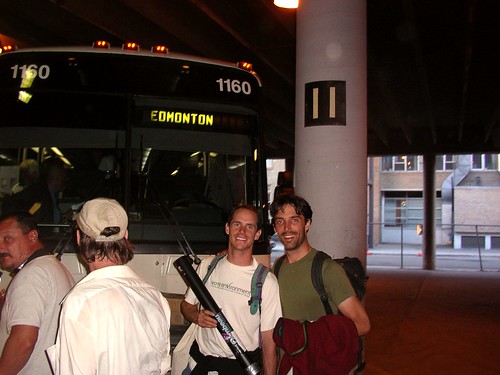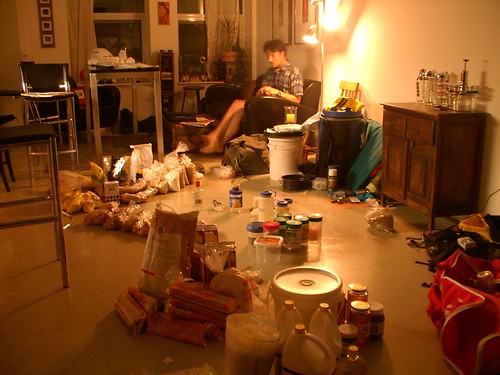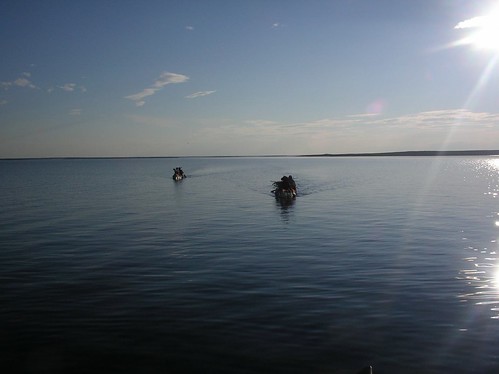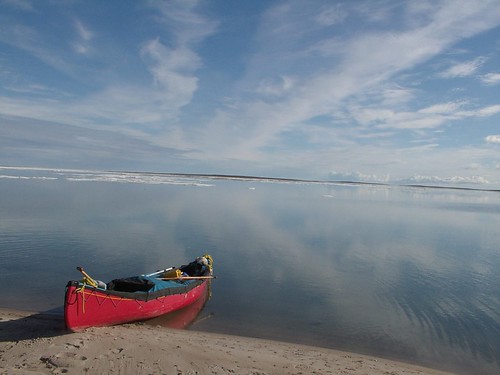Frightening news from France
Subject: Fw: Fw: Frightening news from France Once again, the real news in France is conveniently not being reported as it should. To give you an idea of what's going on in France where there are now between 5 and 6 million Muslims and about 600,000 Jews, here is an email that came from a Jew living in France. Please read! Will the world say nothing - again - as it did in Hitler's time? He writes, "I AM A JEW -- therefore I am forwarding this to everyone on all my e-mail lists. I will not sit back and do nothing." Nowhere have the flames of anti-Semitism burned more furiously than in France: In Lyon, a car was rammed into a synagogue and set on fire. In Montpellier, the Jewish religious center was firebombed; so were synagogues in Strasbourg and Marseilles; so was a Jewish school in Creteil - all recently. A Jewish sports club in Toulouse was attacked with Molotov cocktails,and on the statue of Alfred Dreyfus in Paris , the words "Dirty Jew" were painted. In Bondy, 15 men beat up members of a Jewish footbal team with sticks and metal bars. The bus that takes Jewish children to school in Aubervilliers has been attacked three times in the last 14 months. According to the Police, metropolitan Paris has seen 10 to 12 anti-Jewish incidents PER DAY in the past 30 days. Walls in Jewish neighborhoods have been defaced with slogans proclaiming "Jews to the gas chambers" and "Death to the Jews." A gunman opened fire on a kosher butcher's shop (and, of course, the butcher) in Toulouse, France; a Jewish couple in their 20s were beaten up by five men in Villeurbanne, France. The woman was pregnant; a Jewish school was broken into and vandalized in Sarcelles, France. This was just in the past week. So I call on you, whether you are a fellow Jew, a friend, or merely a person with the capacity and desire to distinguish decency from depravity, to do, at least, these three simple things: First, care enough to stay informed. Don't ever let yourself become deluded into thinking that this is not your fight. I remind you of what Pastor Neimoller said in World War II: "First they came for the Communists, and I didn't speak up, because I wasn't a Communist. Then they came for the Jews, and I didn't speak up, because I wasn't a Jew. Then they came for the Catholics, and I didn't speak up, because I was a Protestant. Then they came for me, and by that time there was no one left to speak up for me". Second, boycott France and French products. Only the Arab countries are more toxically anti-Semitic and, unlike them, France exports more than just oil and hatred. So boycott their wines and their perfumes. Boycott their clothes and their foodstuffs. Boycott their movies. Definitely boycott their shores. If we are resolved we can exert amazing pressure and, whatever else we may know about the French, we most certainly know that they are like a cobweb in a hurricane in the face of well directed pressure. Third, send this along to your family, your friends, and your co-workers. Think of all of the people of good conscience that you know and let them know that you and the people that you care about need their help.
I appreciate the part of the letter from the jew living in France, but it's a shame that the second writer had to surround it with anti-muslim and anti-arab insinuations before and after the original letter. That person, who presumeably doesn't live in France, insinuates but doesn't actually say that the 5-6 million muslims in France are responsible for those acts, and are only outdone by the "hate and oil" exporting Arab nations. They clearly show no sympathy or kinship with French muslims who are themselves victims of systemic racism, segregation, and widespread poverty.
The letter leaves me confused if French muslims, who are largely impoverished and underrepresented in government, are indeed primarily responsible for those anti-semitic attacks, then how exactly could a boycott against France help that? If they're not, then why does the second writer poignantly note the existence of 5-6 million muslims in France, and claim that only entirely Arab nations are "more toxically anti-semitic," rather than suggesting we boycott France for its racism against both its jewish and muslim minorities?
If we can get past the "othering" rhetoric on all sides, most people just want a decent life for themselves and their families, and sometimes for others as well. However, "No one is free, until everyone is free."
-levi


